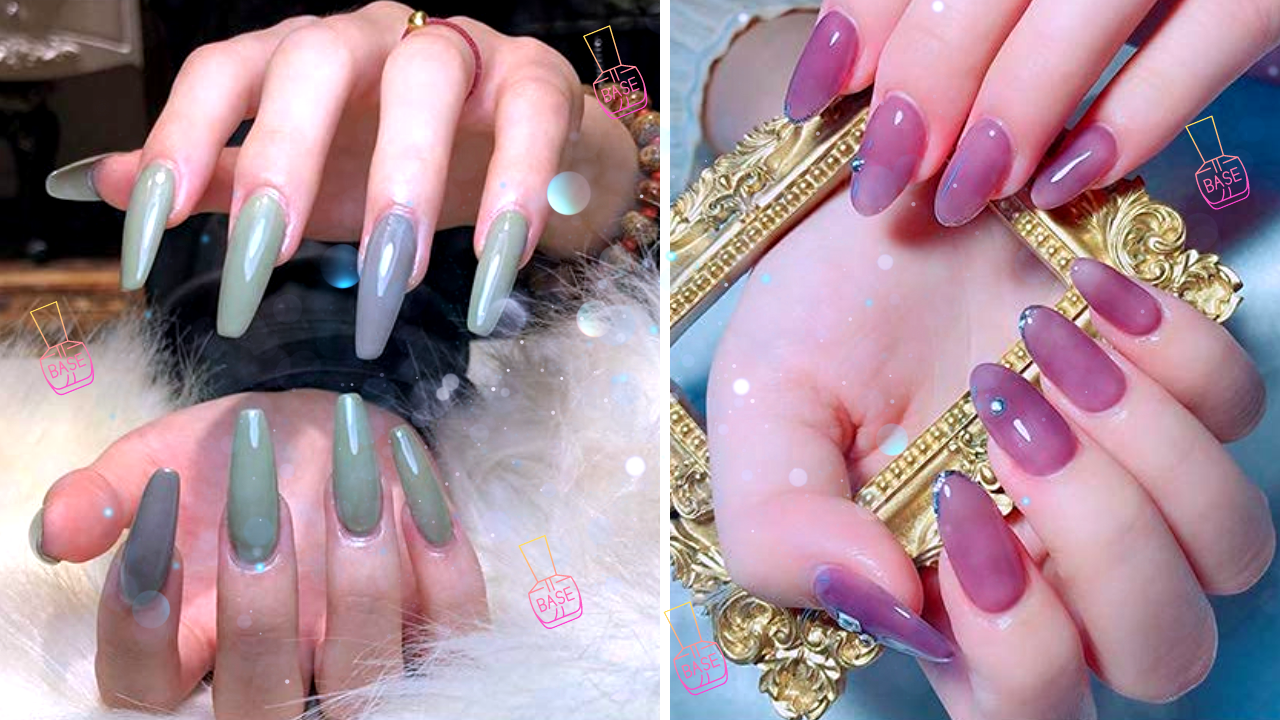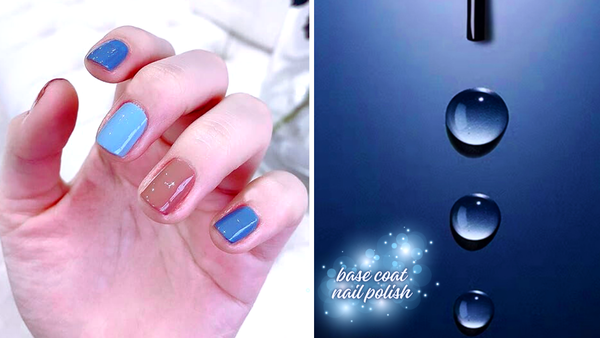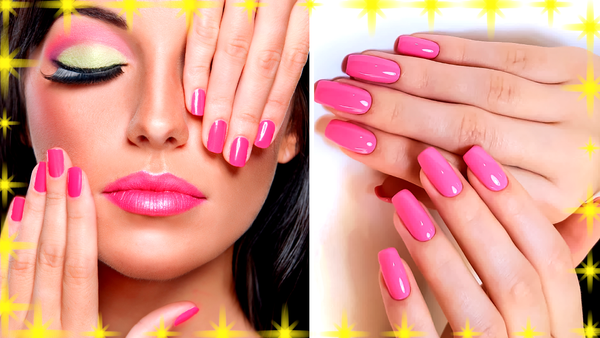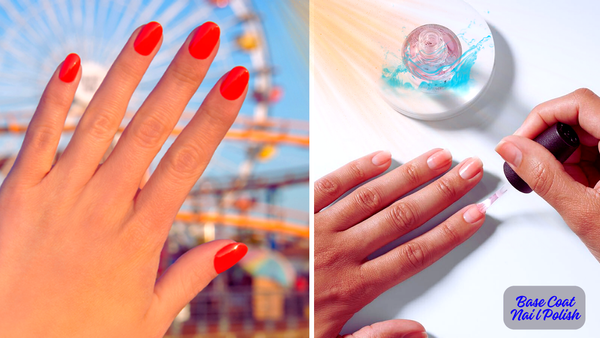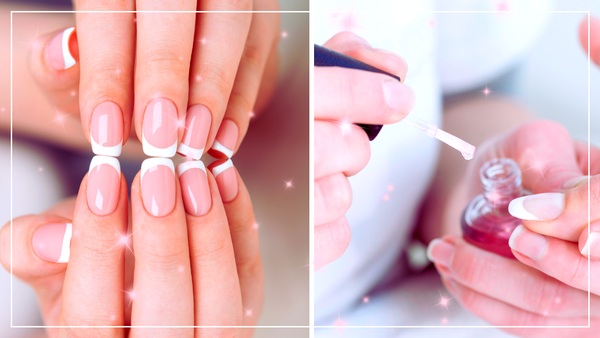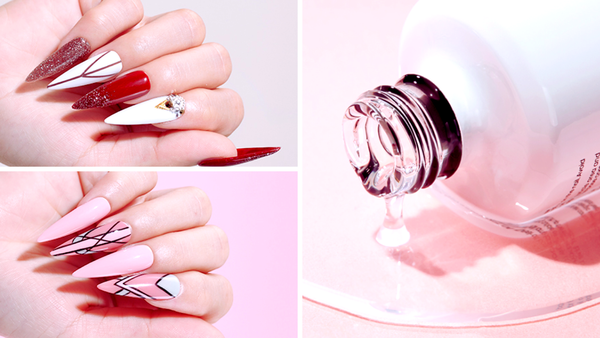Key Takeaways:
- Understanding the role of a base coat in nail care and polish application.
- Exploring the benefits of using a base coat for nail health and polish longevity.
- Identifying when and how to effectively use a base coat in your manicure routine.
The Role of a Base Coat in Nail Care
When you're ready to paint your nails, reaching for that bottle of colored polish is often an automatic first step. But wait, do you need a base coat for nail polish? The answer is more nuanced than a simple yes or no. A base coat is typically applied before the color coat as a protective layer between the nail surface and the polish. It's designed to adhere to the natural nail and create a smooth canvas for the colored polish to stick to.

Using a base coat nail polish is a manicure essential step that can prevent chipping and extend the wear of your nail polish. Celebrity manicurists swear by it, and for good reason. It's not just about making your nails look pretty; it's also about protecting the nail plate from potential staining and providing a barrier that can help prevent breakage and promote nail health.
Benefits of a Base Coat
The main purpose of a base coat is to protect the natural nail from the pigments in colored polish that can cause staining. Additionally, base coats are formulated to help the colored polish adhere better, resulting in a long-lasting manicure. Some base coats contain ingredients that can strengthen the nail and fill in ridges, creating an even surface for a flawless finish.
Moreover, a good base coat can add shine to your nails and make the color coat appear more vibrant. It's a foundational step that can make a significant difference in the appearance and longevity of your manicure. By using a base coat regularly, you're not only ensuring a perfect manicure but also taking care of your nail's health.
The Science Behind Base Coats
Base coats are not just clear nail polish. They are specifically formulated to bond with the natural nail and provide a surface on which colored polish can stick. The formula typically includes plasticizers for flexibility, adhesive polymers to help the polish stick, and sometimes even antifungal ingredients to protect the nail.
The chemistry of base coats is designed to work with the natural nail's slightly acidic pH level. This ensures that the base coat adheres properly and creates a protective layer that can withstand the rigors of daily life, thereby extending the wear of your nail polish.

When to Use a Base Coat
If you paint your nails regularly, incorporating a base coat into your manicure routine is a smart move. It's especially important when using dark or highly pigmented colors more likely to stain the nail surface. Even if you opt for a lighter shade, a base coat can still provide valuable benefits, such as helping the polish last longer and preventing chipping.
For those who have brittle or damaged nails, a base coat can act as a shield, protecting the nail from further harm. It's also a must if you're aiming for a salon-quality manicure at home. Skipping this step can lead to a less professional finish and a manicure that doesn't stand the test of time.
The Application Process
Applying a base coat is straightforward. Start with clean, dry nails. Apply a thin layer of the base coat, covering the entire nail surface. Allow it to dry completely before proceeding with the color coat. This not only ensures that the base coat has time to bond with the nail but also helps the colored polish go on smoother and stay on longer.
Remember, a base coat should be thin. A thick layer can take longer to dry and may not adhere as well, potentially leading to a manicure that chips or peels prematurely. Precision in application is key to reaping the full benefits of a base coat.

Top Coat: The Final Step
Just as a base coat is crucial for starting your manicure, a top coat is the final step that seals everything in. It adds shine, prevents chipping, and ensures your polish looks fresh for as long as possible. Think of it as the protective top layer that locks in color and strengthens your nails.
A top coat is typically applied after the color coat has dried. It seals the color, providing a glossy finish that can resist wear and tear. Some top coats even have quick-drying properties, helping your nails dry faster and reducing the risk of smudging.
Summary

In conclusion, a base coat is more than just an extra step in your manicure routine; it's a protective measure that can enhance the look and longevity of your nail polish. It prevents staining, helps the color adhere better, and can contribute to nail health. Whether you're a nail salon regular or someone who enjoys the occasional at-home manicure, incorporating a base coat is a practice that can yield noticeable benefits.
FAQ Section
Can I use a top coat as a base coat?
While top coats and base coats are both clear polishes, they serve different purposes and are formulated differently. To achieve the intended benefits, it's best to use a product specifically designed as a base coat.
How often should I apply a base coat?
You should apply a base coat whenever you paint your nails. It's an essential step in protecting your nails and ensuring your manicure lasts.
Does a base coat prevent nail polish from chipping?
Yes, a base coat can significantly reduce chipping. It provides a smooth surface for the color coat to adhere to and can extend the wear of your nail polish.
